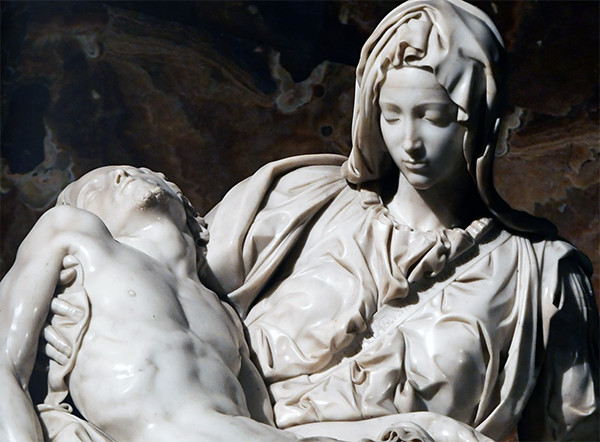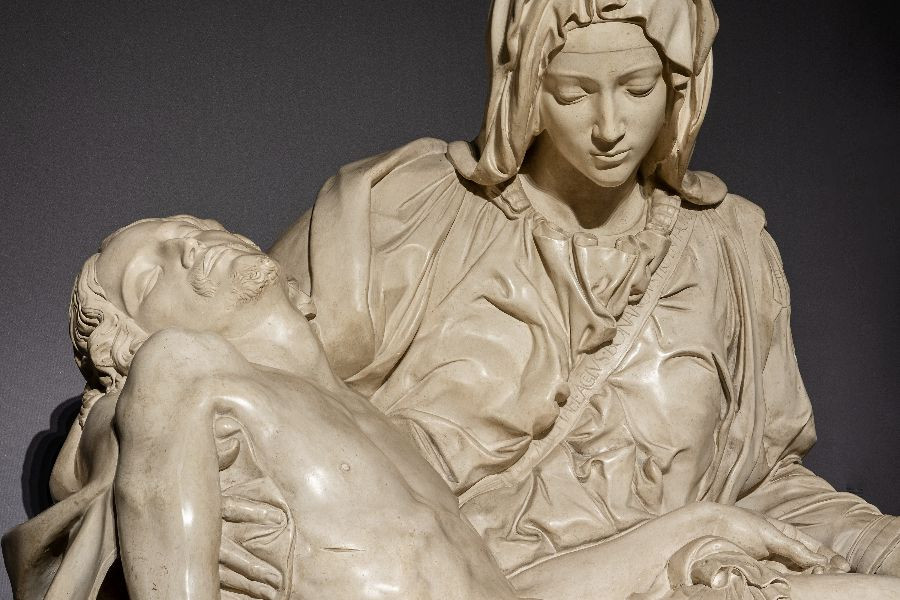A Hidden Gem in the Shadow of David
In the heart of Florence’s bustling Piazza della Signoria, amidst a collection of extraordinary works of art, stands a bronze sculpture that often goes unnoticed, overshadowed by its more famous neighbor, Michelangelo’s David. ThiPerseus with the Head of Medusa, craft

The Man Behind the Bronze
Benvenuto Cellini was not just a sculptor; he was a larger-than-life character, whose colorful and tumultuous life was chronicled in his own autobiography. Known for his bold personality and adventurous spirit, Cellini’s life reads like an action-packed novel, filled with intrigue, political tension, and artistic ambition. His career spanned multiple artistic disciplines, from goldsmithing to sculpture, but Perseus with the Head of Medusa remains his crowning achievement, a work that reflects both his artistic genius and the complex world in which he lived.

A Hero’s Triumph in Bronze
The sculpture depicts the mythical hero Perseus, holding the severed head of the fearsome Medusa aloft. With his sword in hand and a look of triumphant resolve, Perseus stands as the embodiment of victory over evil. The dark bronze form of the statue contrasts sharply with the serene contemplation of David nearby, adding a sense of power and drama to the Piazza. Cellini’s meticulous attention to detail and his mastery of the material bring the scene to life, making it one of the most dynamic sculptures of the Renaissance.
Symbolism and Politics in Art
Cellini’s Perseus is more than just a piece of art; it is a symbol. Commissioned by the ruling Medici family, the sculpture represents their political power. In the myth, Perseus slays Medusa, whose gaze can turn men to stone. In the context of Florence, Medusa can be interpreted as a symbol of the family’s enemies, and Perseus’s victory over her represents the triumph of the Medici over their adversaries. This powerful political message, embedded in the bronze, made the sculpture a fitting tribute to the family’s rule.
The Artist’s Struggle
Creating Perseus with the Head of Medusa was no easy feat. Cellini faced numerous challenges during its creation, from technical difficulties to political tensions. The artist encountered setbacks in the casting process, almost losing the piece in an unfortunate accident. In addition, his relationship with the Medici family was complex, and the political environment of Florence at the time added further layers of difficulty to the commission. Nevertheless, Cellini’s determination and passion for his craft saw him through these challenges, ultimately resulting in the creation of this magnificent work of art.
An Enduring Legacy
While Perseus with the Head of Medusa was initially met with mixed reviews, it has since become one of the most celebrated sculptures of the Renaissance. Visitors from all over the world now flock to the Piazza della Signoria to marvel at its technical brilliance and dramatic energy. Cellini’s masterpiece stands as a testament to his artistry and a lasting symbol of the power and prestige of the Medici family.

A Hidden Treasure Worth Discovering
Although often overshadowed by more famous works, such as Michelangelo’s David, Cellini’s Perseus deserves recognition in its own right. Its technical brilliance, rich symbolism, and historical context make it an essential part of Florence’s artistic heritage. For those willing to look beyond the obvious, Perseus with the Head of Medusa offers a unique glimpse into the world of Renaissance art and politics, reminding us that some of the most remarkab


